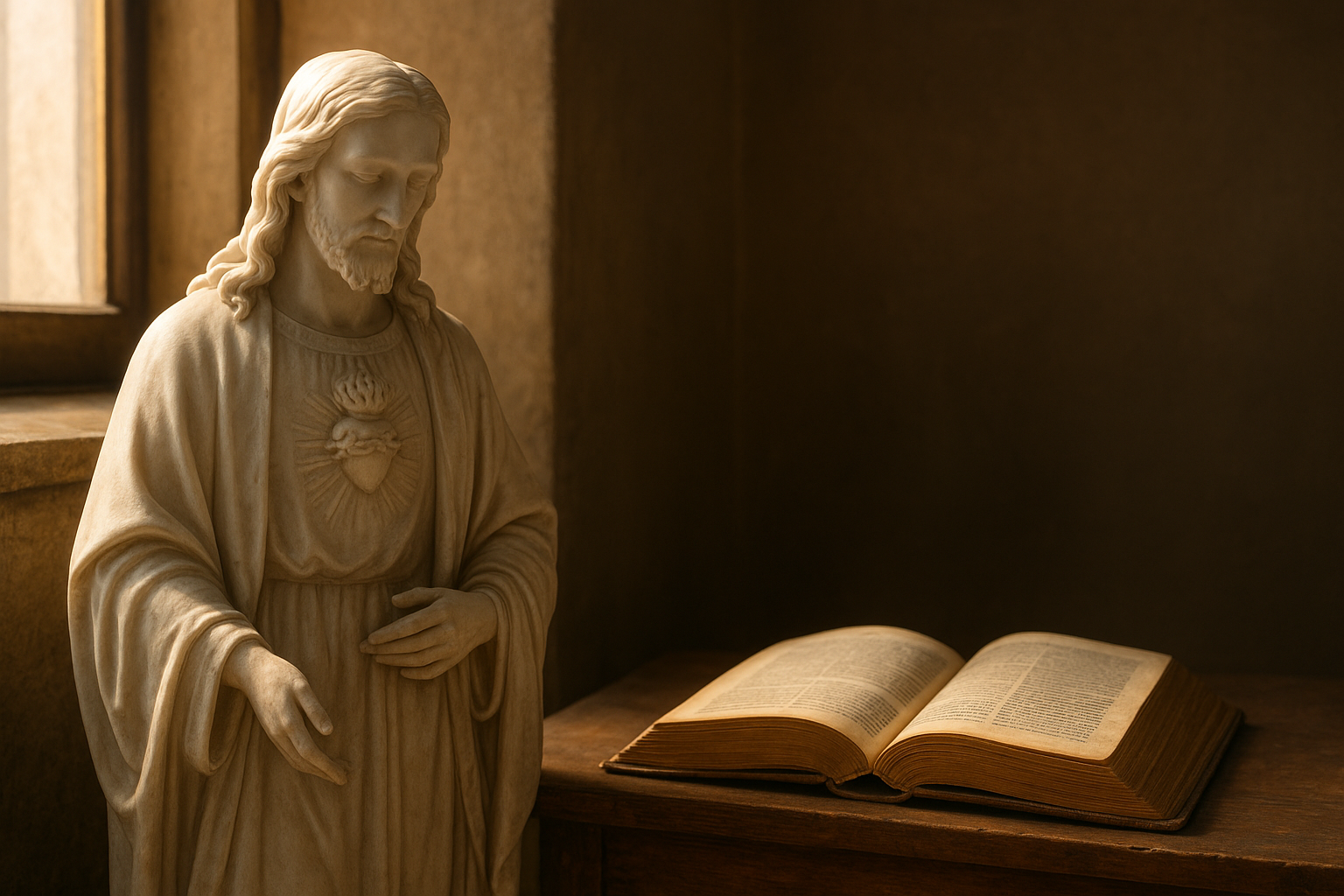The interplay between the sacred and the secular is a fascinating and complex theme across various artistic domains, particularly in film and literature. While certain creations explicitly focus on religious narratives, others incorporate spiritual elements more subtly, inviting diverse interpretations.
The Fusion of the Sacred and Secular
The intermingling of sacred and secular elements often contributes to a work’s depth and resonance. This fusion is evident both in films that explore spirituality within everyday life and literature that draws upon religious imagery and themes.
Film: A Canvas for the Spiritual
Cinema often serves as a powerful medium for exploring spiritual themes. Films such as The Tree of Life and Life of Pi navigate this terrain by juxtaposing grand cosmic questions with intimate human experiences. Director Terrence Malick’s The Tree of Life is renowned for its exploration of the existential and the divine, prompting viewers to ponder their place in the universe. Roger Ebert, in his review of the film, praised it as “a film of vast ambition and deep humility, attempting no less than to encompass all of existence and view it through the prism of a few infinitesimal lives.”
“The film’s meditative pace and striking visual tableau are not mere indulgences; they are invitations to partake in an introspective journey towards the spiritual.” (Ebert, 2011)
Similarly, Ang Lee’s adaptation of Yann Martel’s novel Life of Pi uses sensational visual storytelling to weave a narrative rich in spiritual allegory, questioning faith and survival in the face of adversity.
Literature: The Written Word as Spiritual Dialogue
In literature, authors frequently employ religious motifs to deepen readers’ understanding of characters’ internal struggles or the narratives themselves. James Joyce’s A Portrait of the Artist as a Young Man illustrates a young man’s struggle with Catholicism while carving out his individual identity. Joyce deftly utilizes religious imagery as he navigates Stephen Dedalus’ evolution from devout believer to secular artist.
“His soul had arisen from the grave of boyhood, spurning her grave-clothes. Yes! Yes! Yes! He would create proudly out of the freedom and power of his soul, as the great artificer whose name he bore, a living thing, new and soaring and beautiful, impalpable, imperishable.” (Joyce, 1916)
Likewise, Marilynne Robinson’s Gilead employs a narrative through letters from an ageing minister to his young son, exploring themes of grace, forgiveness, and redemption—universally sacred concepts examined within the secular confines of ordinary life.
Secular Works Examining Spiritual Themes
Some secular works delve into spirituality, demonstrating that spiritual themes hold a particular resonance beyond overtly religious settings.
Conceptual Swiss-Army-Knife: Magical Realism
Magical realism expertly intertwines the mundane with the magical, subtly embedding spiritual or metaphysical elements into ostensibly secular stories. Gabriel García Márquez is celebrated for his use of this genre, with One Hundred Years of Solitude blending myth and reality to explore themes of cyclical time and human destiny. In a 1982 lecture, Nobel Laureate Márquez described magical realism as a necessary means “to express our daily experiences in Latin America.”
Exploring Existential and Spiritual Crises
Philip Pullman’s His Dark Materials trilogy, while largely secular, addresses weighty questions usually reserved for spiritual discourse: the nature of the soul, free will, and the interplay between consciousness and the universe. Critics like Lucy Mangan of The Guardian recognize Pullman’s work for these ambitious inquiries, emphasizing its role in “challenging us to think about the myriad ways in which we—and others—organize our beliefs and our lives.”
“Through the series, Pullman invites readers to ponder spiritual and philosophical questions in ways that are accessible to young and older audiences alike.” (Mangan, 2008)
The Impact of Cultural and Historical Context
The cultural and historical contexts in which secular works are created often influence how spirituality is portrayed. For instance, the post-war era prompted authors like Graham Greene to explore faith amid chaos and upheaval. Greene’s The End of the Affair deals with love and betrayal, entwined with deep spiritual reflection on human nature and divine intervention.
The Subtlety of Spiritual Symbolism
Directors and authors frequently employ religious symbols and iconography to invoke spirituality without overtly focusing on religious narratives. Filmmaker Ingmar Bergman’s works, including The Seventh Seal, challenge viewers with existential questions using spiritual imagery. The film’s iconic chess game with Death symbolizes the struggle for understanding in a seemingly indifferent universe.
Such symbolic use of the sacred in secular contexts enriches these works, allowing audiences to engage with spirituality through a myriad of interpretive lenses.
Concluding Thoughts
Ultimately, the seamless integration of spirituality in secular art contributes to the universality and timelessness of these works. Whether through explicit religious themes or subtle spiritual motifs, secular works addressing spiritual ideas engage audiences in dialogues that resonate on both individual and communal levels.
By exploring representations of spirituality in seemingly mundane contexts, these artistic expressions invite us to reflect on the mystical elements present in our everyday lives and inspire contemplation beyond the visible world.
